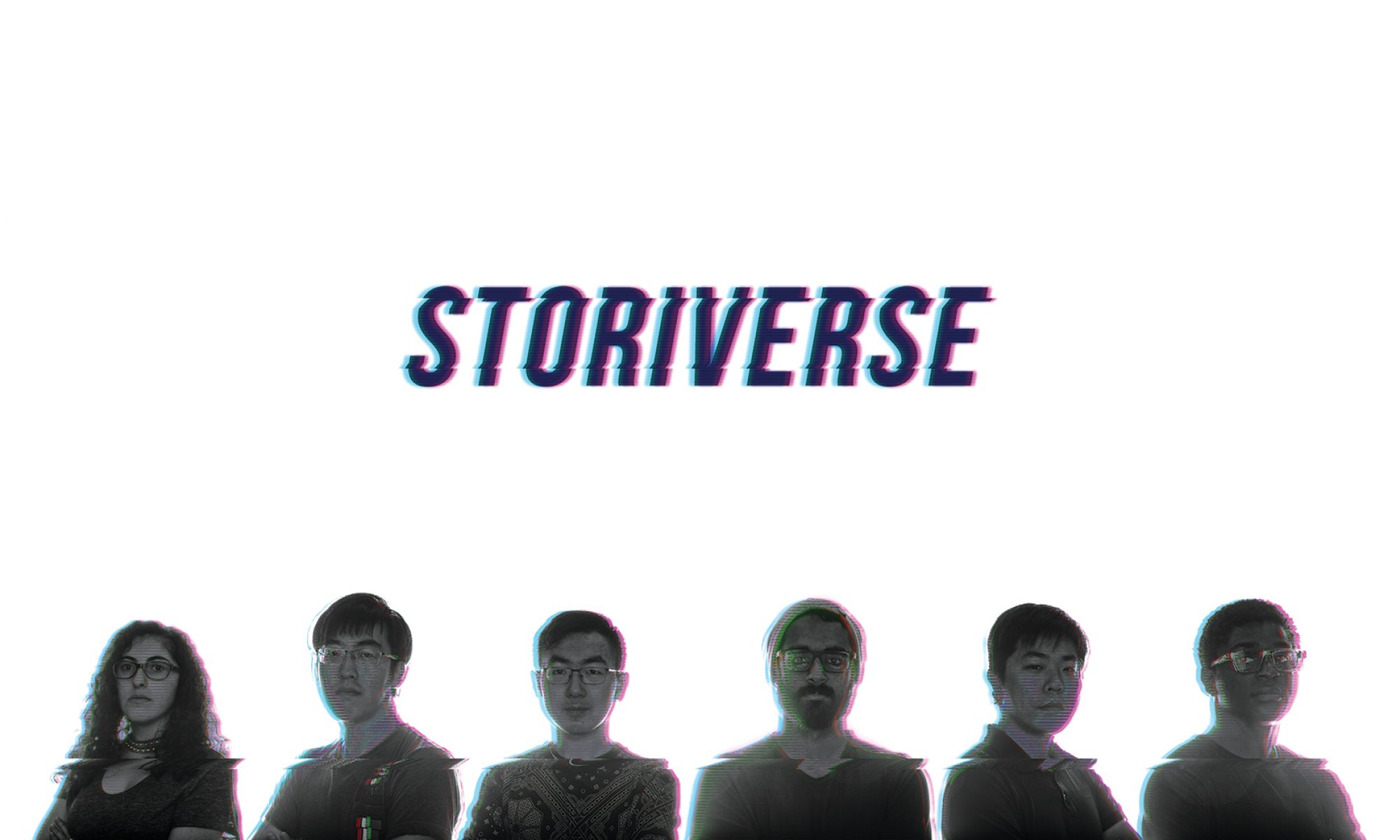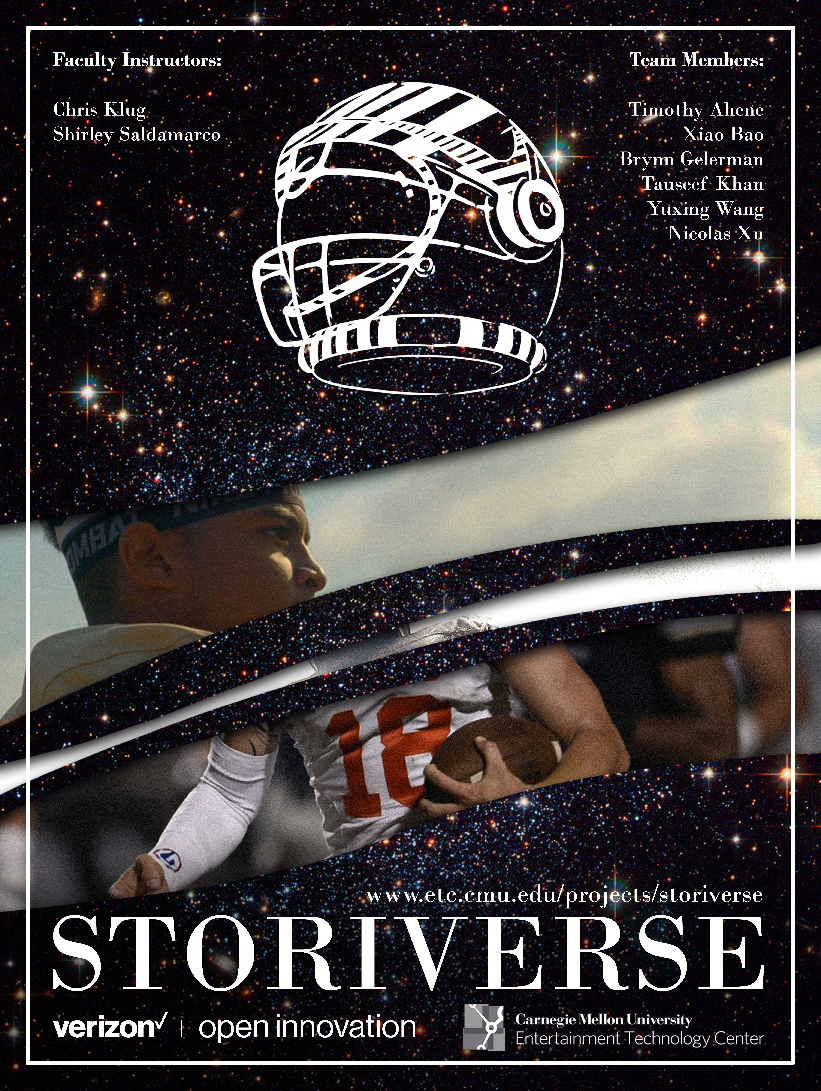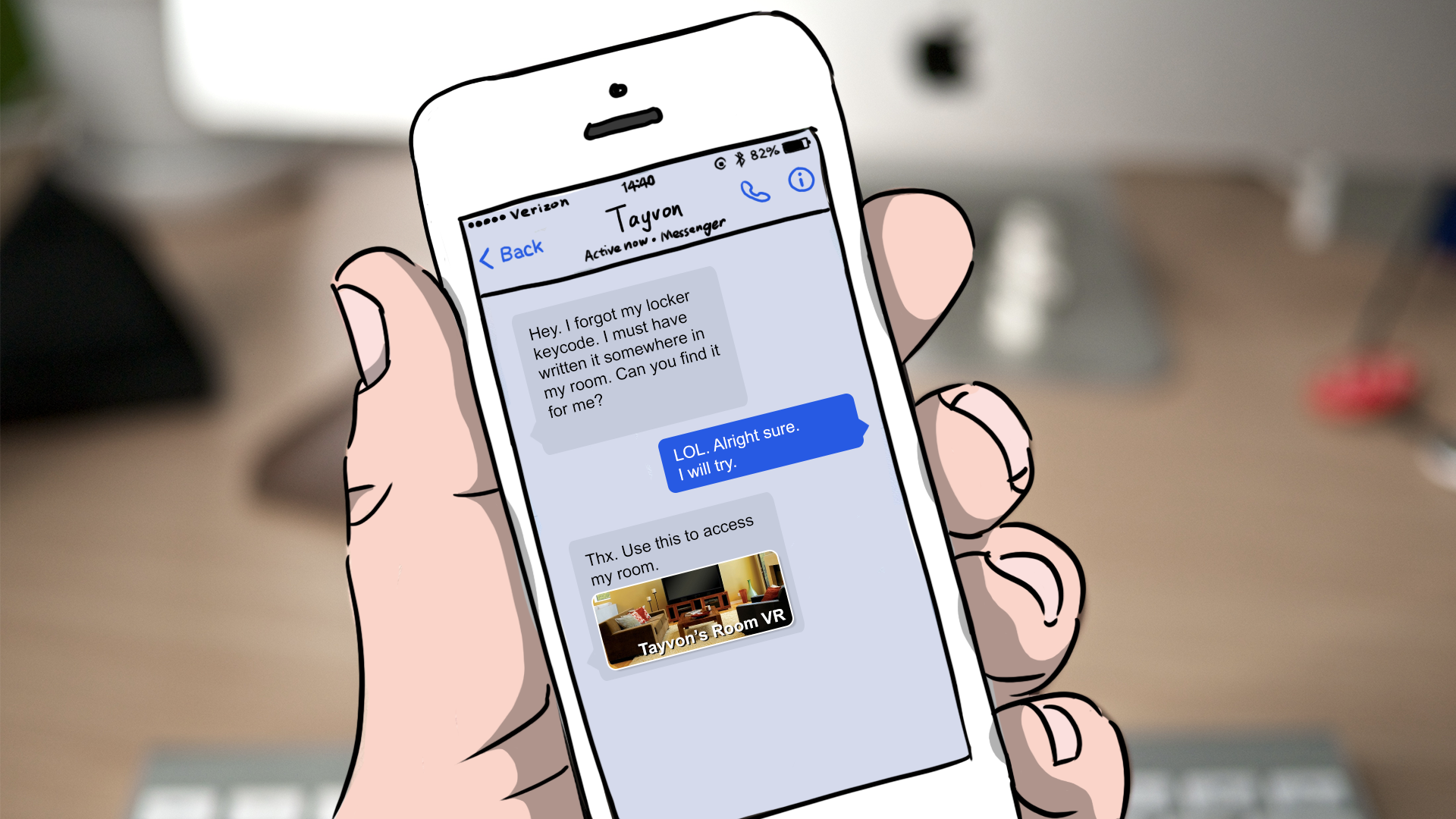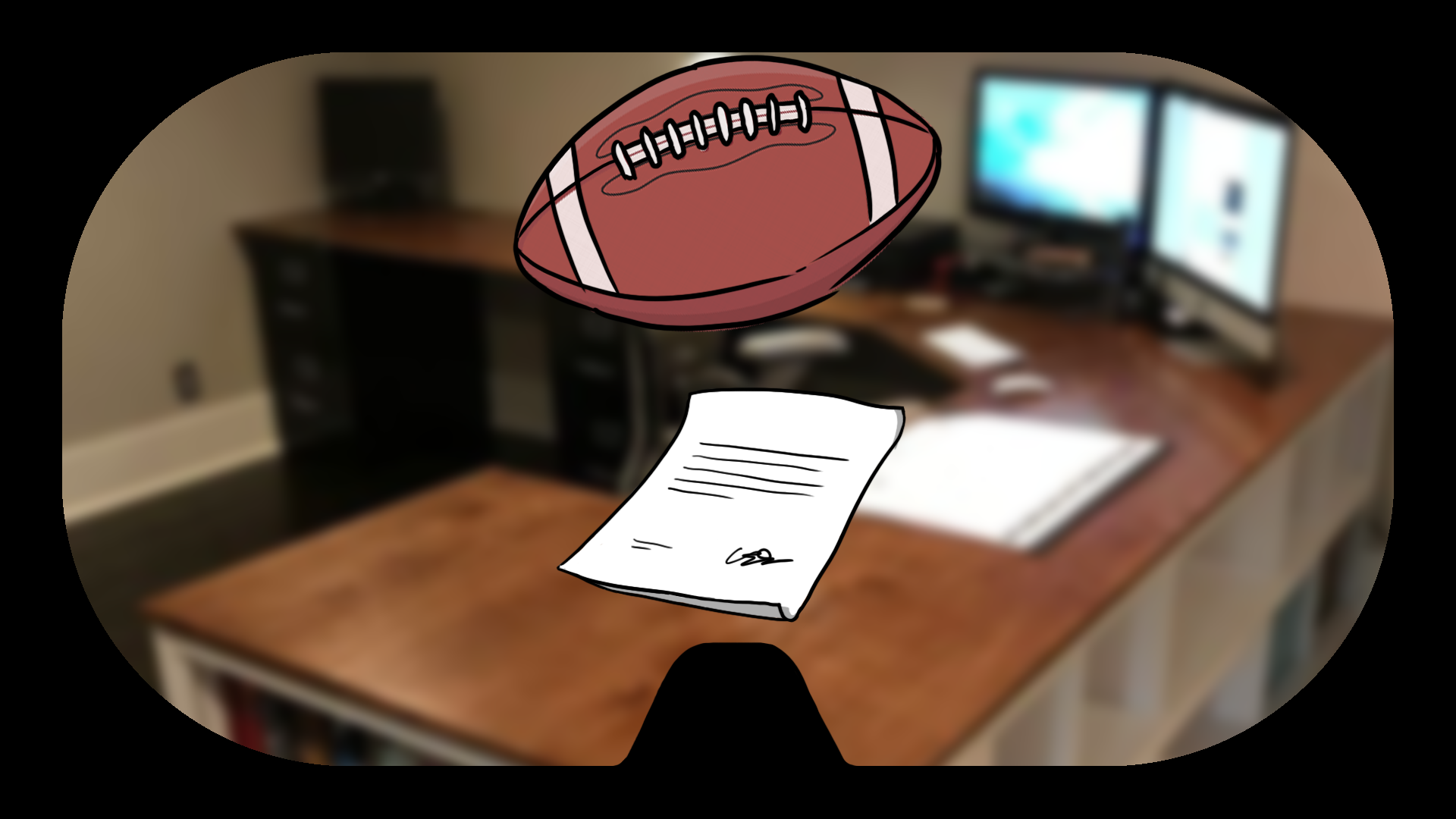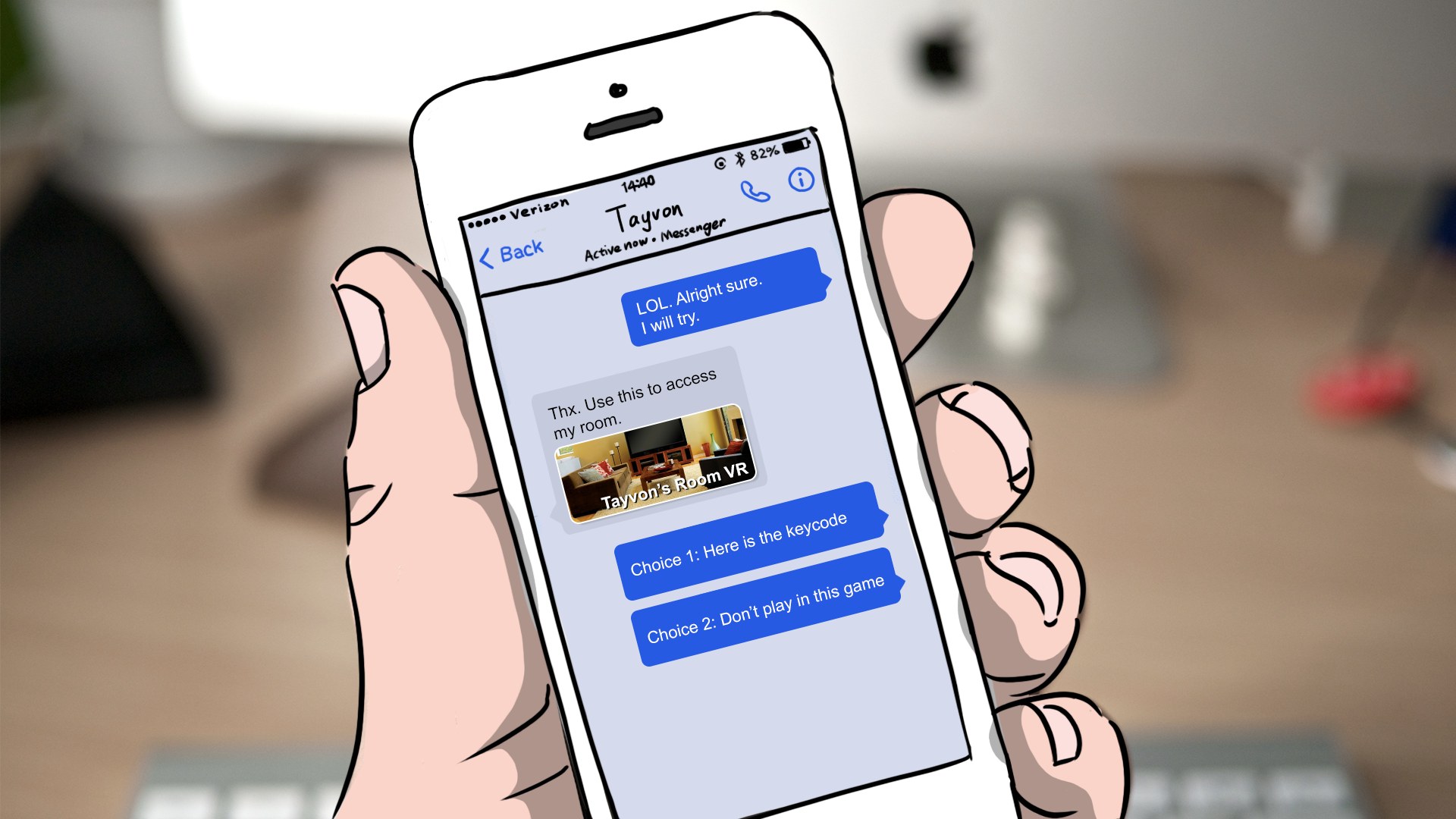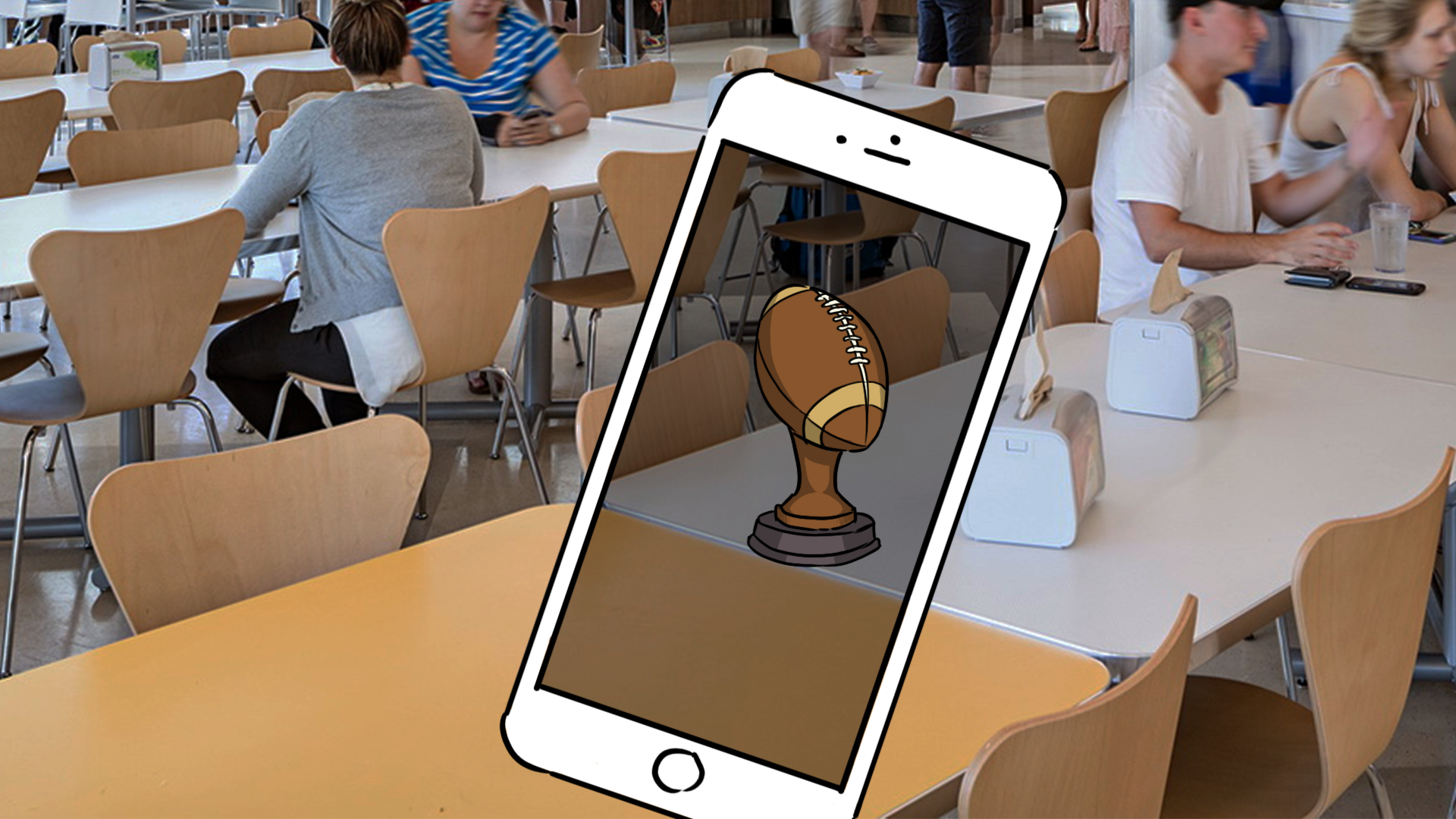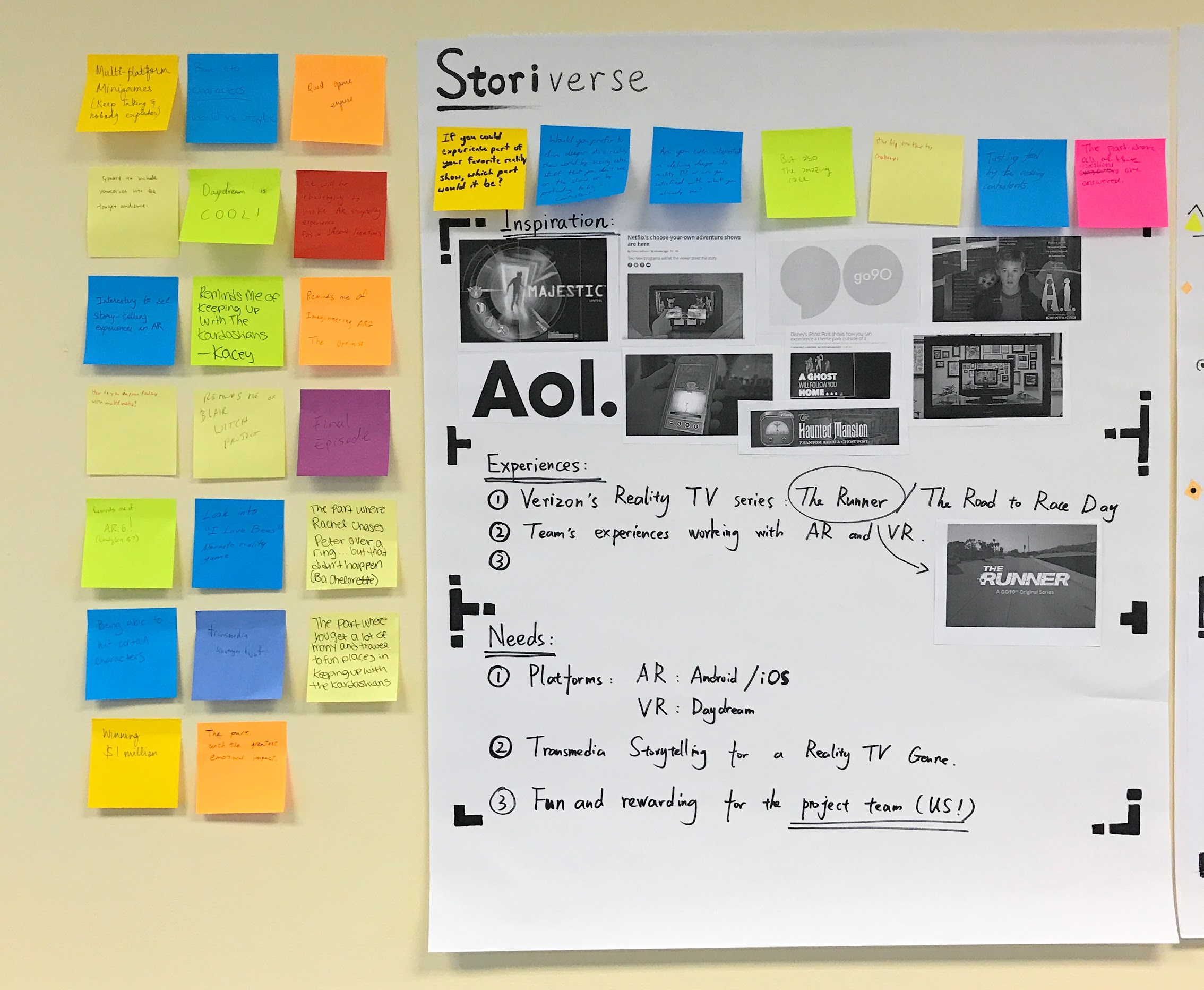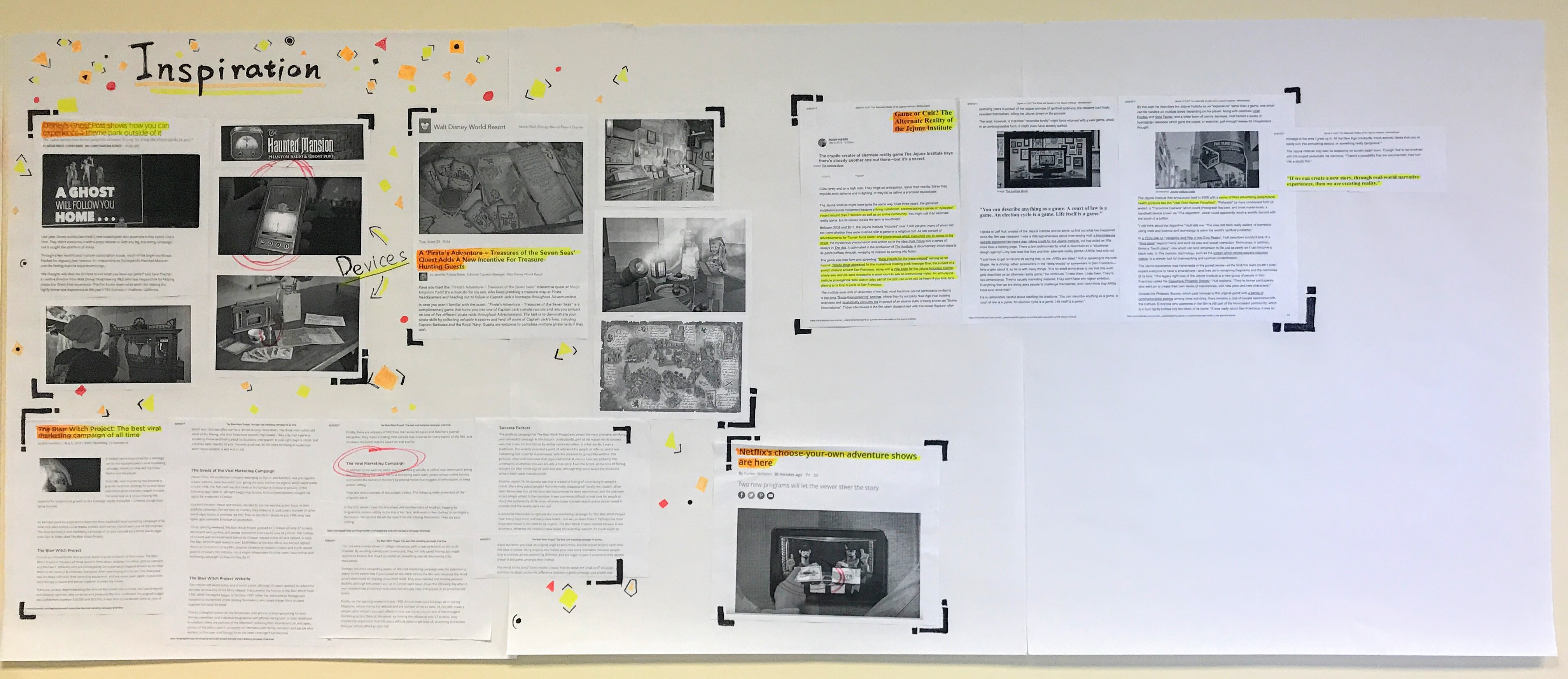Because Relationship Status has a large cast of characters, each of which has several connections to the other characters in the show, it’s sometimes hard to keep track of who knows who. Therefore, we decided that before we designed any content for this show, it was important to write out exactly how the characters were interconnected. The resulting relationship map would hopefully prevent us from creating auxiliary content that incorrectly portrayed the characters’ relationships.
(If you’re interested, here’s the relationship map in Word doc form.)
After we compiled the map, we realized that while the text-based map was a useful tool for us as designers, a graphical relationship map could serve as the base of our user experience. Since the main focus of the show is how the relationships between characters change and evolve, it makes sense to allow our users to interact with the show by presenting the users with a visual depiction of the relationships and allowing them to “zoom in” on any relationship they find particularly interesting. We discussed this concept with one of the show’s producers during the client meeting, and he agreed this was a good starting point.
Because the map will be complex, it makes sense to put it in 3D space – so we decided to experiment by using AR to form the map in the familiar 3D space of the real world.
Additionally, we hypothesized that part of what draws viewers into the Relationship Status show is the moral grey-area in which many of the characters make choices, and that viewers would enjoy discussing the morality of the characters’ decisions. To test this hypothesis, we brought in several of our classmates to watch a particularly morally-ambiguous episode – “The Lucky One” – and surveyed them about it.
